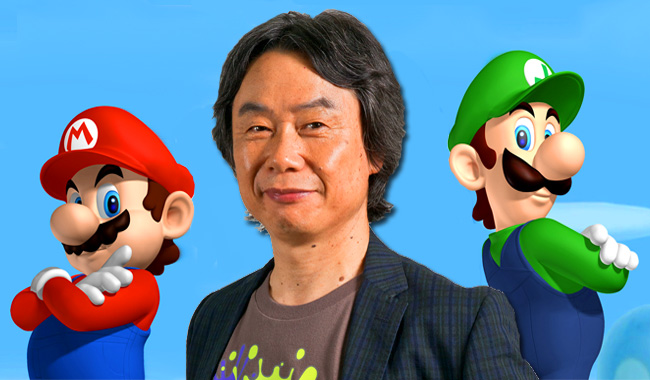
Nintendo likes to present Mario Bros. creator Shigeru Miyamoto as a sort of twinkle-eyed, video game-producing Willy Wonka, which is understandable, but the real man behind the public image is far more complex and interesting. Here’s a few things you might not know about the man who made most of our childhoods a lot more fun…
Shigeru Miyamoto’s lack of a TV when he was a kid helped shape his games.
Miyamoto’s family wasn’t poor, but they lived in the country outside of Kyoto, and in the 1950s, TVs were still a rarity, especially in old-fashioned rural Japan. Children were expected to find their own entertainment outdoors (and out of their parents’ hair) and lil’ Shigeru spent hours exploring forests and dark caves no child today would ever be allowed near. These childhood adventures would form the basis of games like Super Mario Bros. and, especially, The Legend of Zelda. In other words, Miyamoto has basically made his career packing and reselling his exciting, enriching childhood to today’s sedentary kids who aren’t allowed to cross the street on their own. If you can’t have the real thing, it’s a pretty good substitute.
The dude was a prototypical hipster in his 20s.
As you may have heard, all millennials are doomed. The whole generation is directionless and entitled and they all just want to grow their hipster beards while wearing their ironic hats in their vegan, fair-trade coffee shops. Bah! Pfah! You’ll never get anywhere like that! Well, not so fast.
After graduating high school, Miyamoto wasn’t particularly sure what he wanted to do, so he enrolled in art school and slouched his way to a diploma over the course of five years. He dressed in blazers and wacky patterned ties and socks, spent all his time in record shops searching for the latest from unknown-in-Japan artists like The Ramones, Doc Watson and The Nitty Gritty Dirt Band, and focused most of his energies on playing the banjo in a bluegrass band. Sound familiar? Miyamoto was doing the hipster thing when most millennials were still a glint in their disappointed parents’ eyes. So, how did Miyamoto finally find his calling? The most Millennial way possible…
Miyamoto’s dad got him his interview with Nintendo, and he didn’t even bother to bring a resume.

As luck would have it, Miyamoto’s dad happened to know Nintendo president Hiroshi Yamauchi, so he pulled some strings and got his son an interview, although Miyamoto, free-spirit that he was, didn’t take the opportunity that seriously. Or perhaps more accurately, he took it seriously in his own unique way.
Rather than show up with a cover letter and resume, Miyamoto came toting a variety of handmade toys he had designed himself. Among his creations were cartoon bird and elephant-adorned kids clothes hangers, a three-way seesaw and a whimsical clock designed to be used at an amusement park. Shockingly, the infamously no-nonsense Yamauchi ended up hiring him. Miyamoto’s dad must have called in one hell of a favor.
This obscure racing game is the first video game Miyamoto helped create.
So, once Miyamoto joined Nintendo, he got straight to work churning out classics like Donkey Kong and Super Mario Bros., right? Not so fast. When Miyamoto was first hired in 1977, Nintendo was just starting to dip its toes into video game development, and there were no plans for Miyamoto to work on the games themselves. Miyamoto was hired as an industrial artist and graphic designer – basically, it was his job to create the plastic housing Nintendo’s products came in, and maybe some of the art on that housing.
Miyamoto’s first project was the Color TV-Racing Game 112, a very simple home racing game. Nintendo’s previous single-game home consoles had been your basic Pong rip-offs, but Miyamoto wanted to do more, adding an elaborate arcade-like steering wheel and gear shift. The higher ups were impressed by Miyamoto’s work, and he was called on to design additional entries in the Color TV-Game series. Miyamoto rose through the ranks quickly, and in 1981, when Nintendo desperately needed somebody to redesign their failed Radar Scope arcade title, the job fell to Miyamoto even though he had no video game design experience. The result was Donkey Kong, and Miyamoto’s star kept on rising.
Miyamoto smoked and gambled heavily while creating his most iconic games.
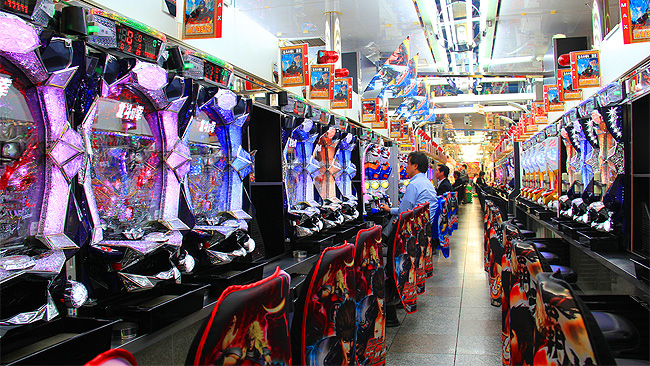
In the wake of Donkey Kong, Miyamoto began pumping out classic after classic, and it wasn’t pixie dust and dreams that kept him powered up and motivated during these productive years. During the height of his creative powers, Miyamoto was a regular smoker and spent a good chunk of his free time in pachinko parlors. Gambling is illegal in Japan, but pachinko parlors get around it with a two-step trade-in process – you take the balls you win and trade them in for prizes, then trade those prizes in again for cash at another location. Naturally, the whole scene is a bit on the sketchy side, and inundated with organized crime.
After turning 40, Miyamoto eventually decided to give up the smoking and gambling and started getting in shape. This directly inspired Miyamoto to create new types of games like Wii Fit and Wii Sports. Hmmmm, if it will inspire him to make another Super Mario World, can we maybe let Miyamoto have just the occasional smoke or nostalgic trip to the pachinko parlor?
He’s a harsh taskmasker and his co-workers live in awed fear of him.
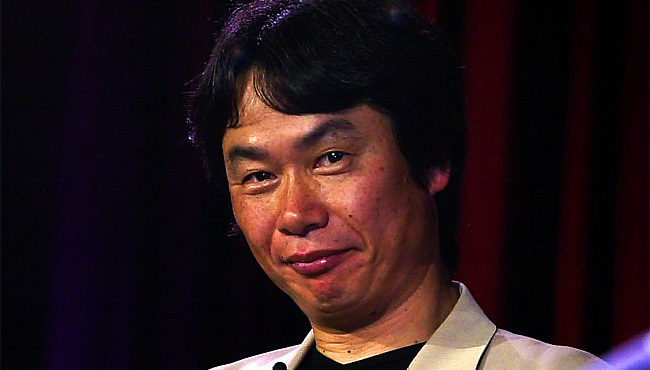
Continuing our focus on the slightly darker side of Shigeru Miyamoto, by all accounts the man may not the playful, elfin creature the public knows behind the scenes. While not mean-spirited, Miyamoto allegedly doesn’t spare feelings and is known to callously toss out huge amounts of work if he feels a game isn’t shaping up right.
Miyamoto’s coworkers have come to refer to this as “upending the tea table,” a reference to Japanese comic Star of the Giants, in which a hot-headed father would often flip the family’s tea table in a rage. This fate most often seems to befall Zelda games, as Miyamoto infamously threw out large chunks of The Legend of Zelda: Twilight Princess, resulting in numerous setbacks and delays. Basically, if you work for Miyamoto, you do it right or you can be damn sure you’re doing it over.
Miyamoto thought the infamous Super Mario Bros. movie was too faithful to his games.
https://www.youtube.com/watch?v=wtMZKYnLg5c
Remember the Super Mario Bros. movie? Y’know, the one where Bowser is Dennis Hopper with a Gene Simmons tongue, Yoshi is a Velociraptor and everything is coated in weird orange slime? Miyamoto can’t have been happy with that debacle, right? Well, he wasn’t, but not for the reason you might think. Miyamoto actually thought the movie should have been less true to his creations, and his least favorite parts were the bits that tried to make direct reference to the games, like the jumping boots or Bowser using a Super Scope…
“I tried to emphasize the point that the Mario Bros. games are fun as video games and if we were going to make a Mario Bros. movie, that movie should be entertaining as a movie, and not a translation of the video game. I still have some regrets that the movie may have tried to get a little too close to what the Mario Bros. video games were, and in that sense, it became a movie that was about a video game, rather than being an entertaining movie in and of itself.”
If only more people thought the same way, maybe we’d have a decent video game movie by now.
He’s basically unknown in his home country of Japan.

Any American who knows even a tiny bit about video games recognizes the name Shigeru Miyamoto and probably has a pretty clear notion of what he looks like. The guy’s as close to a celebrity as you’ll find in the video game industry. So, things must really be crazy in his home country of Japan, where video games are revered on a different level than they are here, right? Nope.
In order to protect his family’s privacy Miyamoto very rarely does interviews in Japan, and pretty much never shows up on television. As such, Japanese Nintendo fans aren’t as aware of his significance, and most don’t know what he looks like.
George Lucas is Miyamoto’s idol.
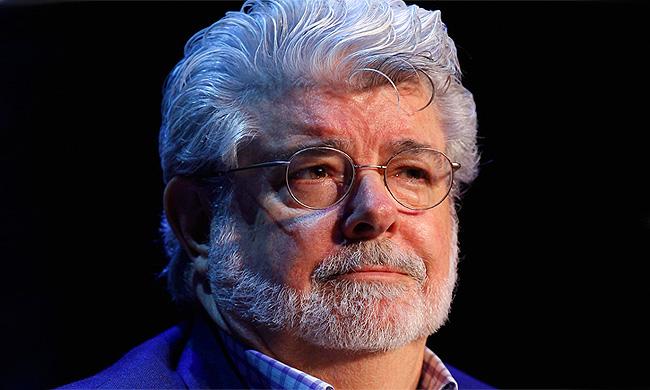
Shigeru Miyamoto is a singular talent who rarely cites anybody else as a major influence. That said, he does consider George Lucas as somewhat of an idol. In particular, he’s tried to pattern his career after him, creating indelible characters and classic adventures early in his career, before stepping back into the role of producer and letting other people play with his toys. Let’s just hope he stops short of creating his own Jar-Jar Binks.
The guy who’s obsessed with saving princesses is a real-life knight.
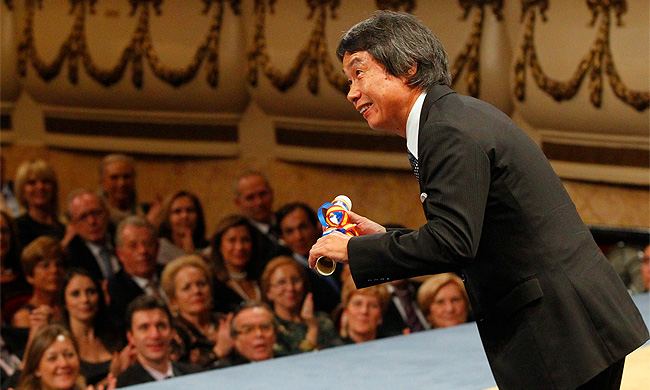
Okay, so he’s a French knight, but that still counts. Mostly.
In 2006, Miyamoto was knighted in France, joining the Order of Arts and Letters. So yeah, if Mario isn’t feeling up to the task someday, Miyamoto has the credentials to save the princess his darn self.
Miyamoto playing Mario Bros. is totally adorable.
The sight up Shigeru Miyamoto actually playing a video game is more rare than you might think. Miyamoto has gone on record as saying he mostly leaves his work at the office, and doesn’t do much gaming in his spare time, and you rarely see him pick up a controller during press conferences and events. Well, he recently made an exception, playing through a Super Mario Maker stage designed by Rayman-creator Michel Ancel, and it turns out Miyamoto’s kind of an adorable gamer. His sings the theme music, he makes sound effect noises, gets way too upset when a ghost is about to kill Mario and just generally plays with the joy and enthusiasm most of us lost somewhere back in elementary school.
So, there you are, a few super facts about the greatest game designer of all time. Know any other interesting Miyamoto factoids? What’s your favorite Miyamoto designed game? The princess might be in another castle, but the discussion is below in the comments section.
Oh, and while we’re on the subject, do you want to learn more about some of Miyamoto’s most important games? I’ve done fact-filled articles for Super Mario Bros., The Legend of Zelda, Super Mario Bros. 3 and Star Fox you might want to check out.
via Game Over, The New Yorker, Rolling Stone, Ars Technica, Engadget, Kotaku, Zelda Dungeon & Nintendo Wiki
